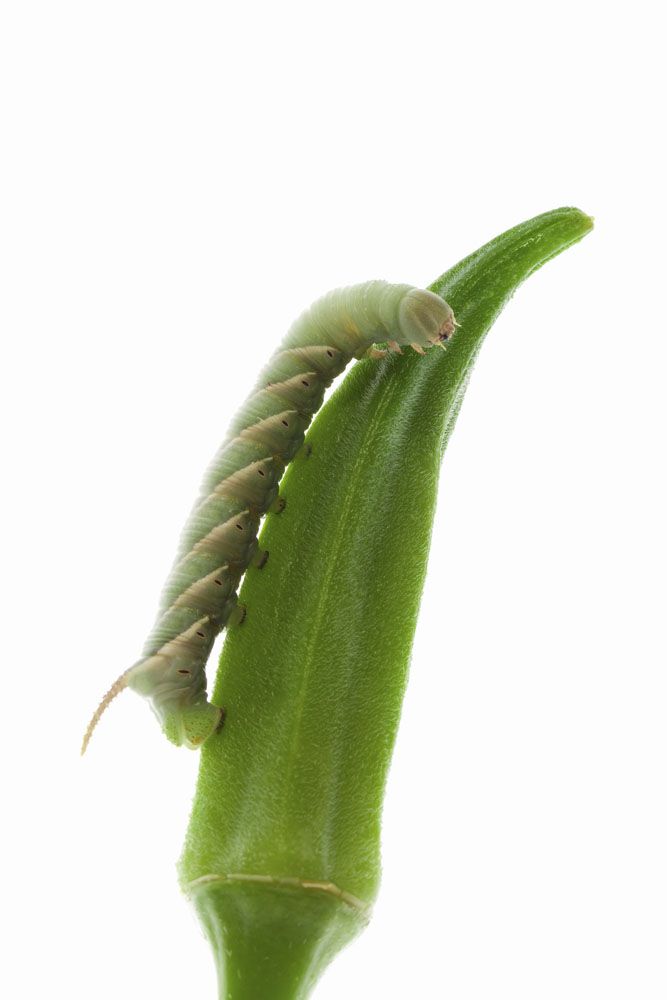
Okra Caterpillar – Anomis erosa
Okra Caterpillar– Anomis erosa
Common Name: Okra Caterpillar
Latin Name: Anomis erosa
Appearance:
The Okra Caterpillar is distinctive, with a yellowish-green body and black spots. It has four pairs of prolegs, with the last pair having a brush of long hairs. It can grow up to 5 cm in length.
- Egg:The eggs of the Okra Caterpillar are white or yellowish and are laid in clusters on the underside of leaves.
- Pupae:This caterpillar’s pupae are brown and found on the ground or the surface of the soil.
- Larva:The larvae of the Okra Caterpillar feed on the leaves and fruits of various plants, including okra, cotton, and beans. They can cause significant damage to these crops by consuming large amounts of foliage and fruit.
- Adults:The adult Okra Caterpillar is a moth with a wingspan of about 4 cm. It is gray-brown, with a distinctive pattern of white and black spots on its wings.
